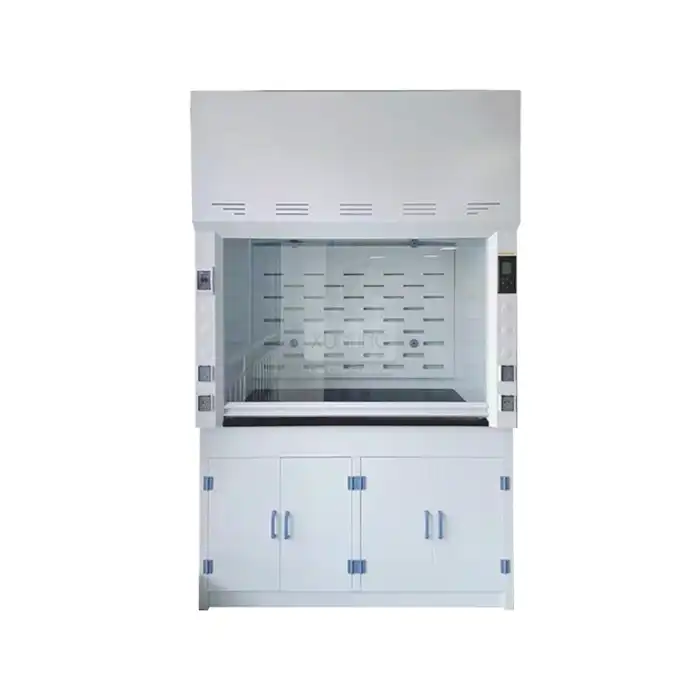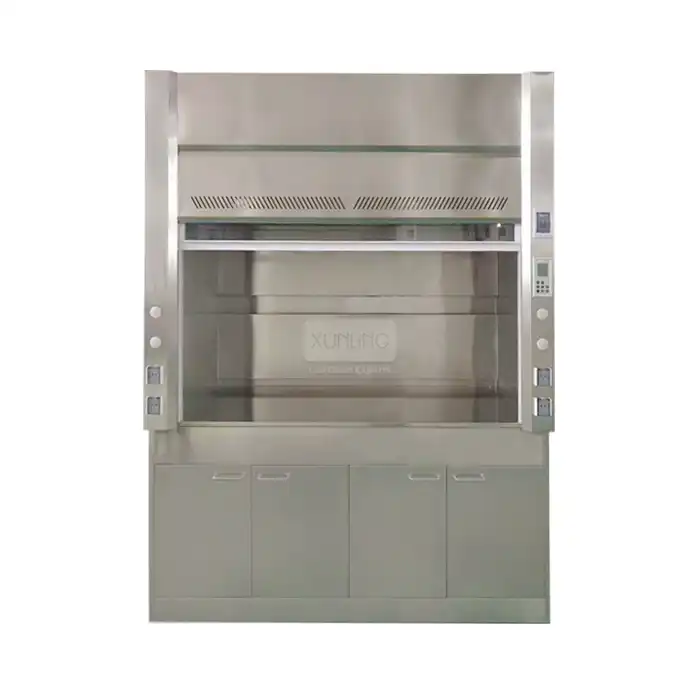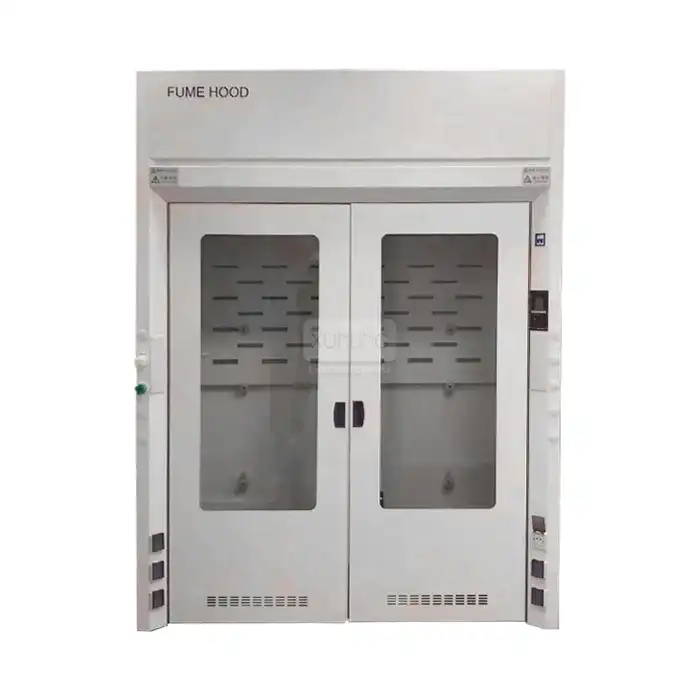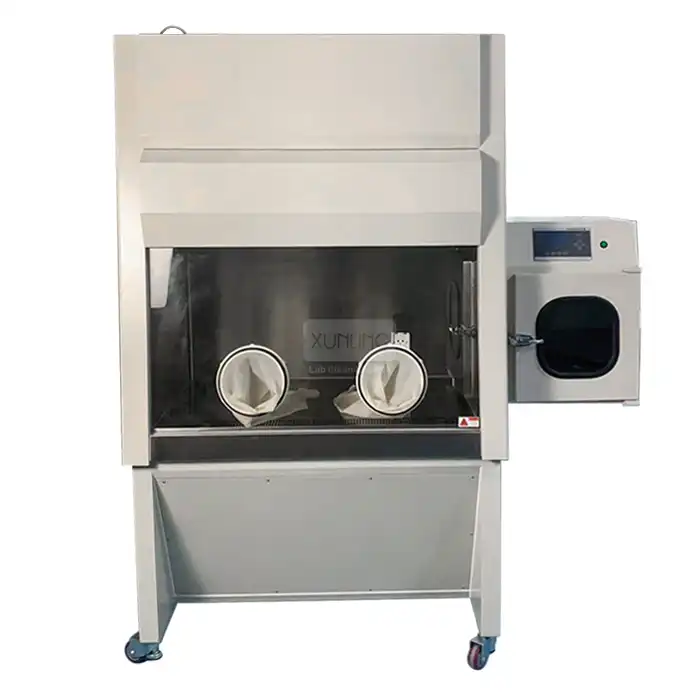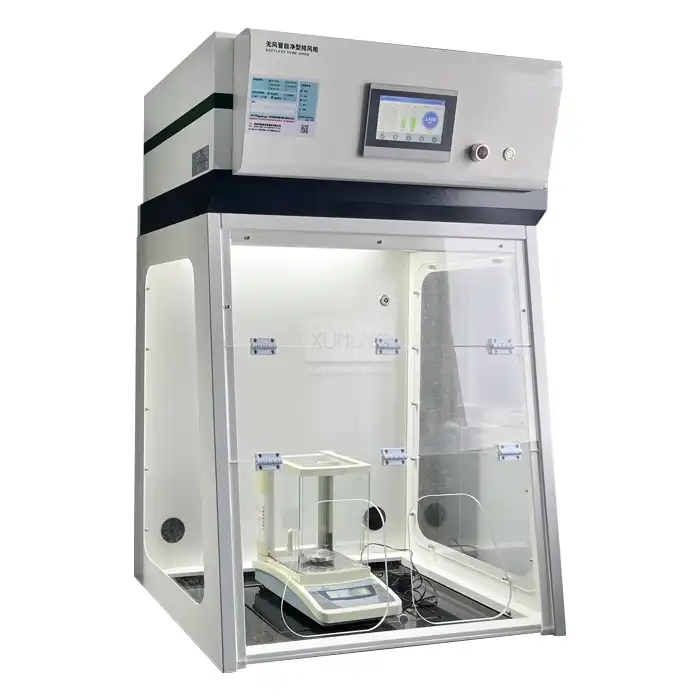
How Do Self-Closing Doors and Spill Containment in Flammable Cabinet Storage Work?
2025-08-14 09:54:54
Flammable Cabinet Storage units represent a critical safety infrastructure in laboratories, manufacturing facilities, and chemical industries worldwide. These specialized storage solutions incorporate advanced safety mechanisms, including self-closing doors and spill containment systems, designed to protect personnel and property from fire hazards and chemical spills. The engineering behind these safety features involves sophisticated mechanical systems that activate automatically during emergencies, ensuring reliable protection even when human intervention is not possible. Understanding how these mechanisms function is essential for safety managers and laboratory professionals who handle volatile substances daily.
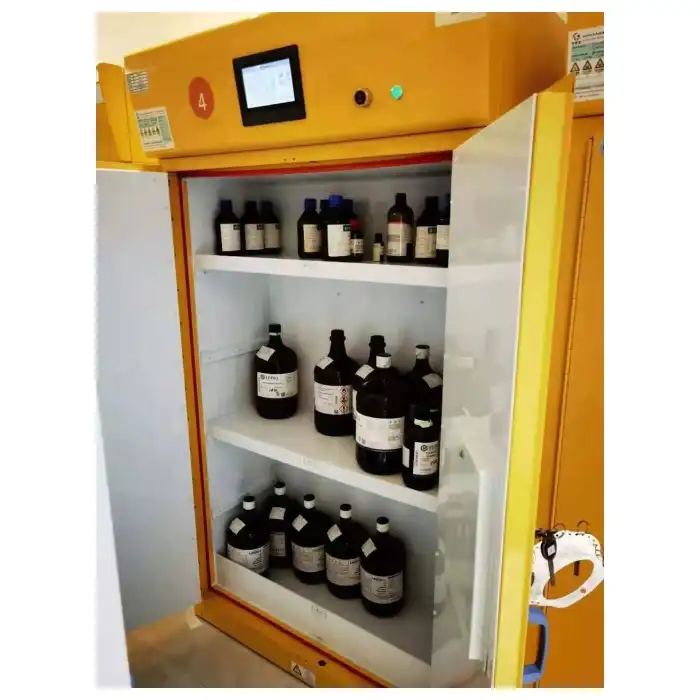
Understanding the Mechanism of Self-Closing Doors in Flammable Cabinet Storage
Fusible Link Technology and Temperature-Activated Closure Systems
Self-closing doors in Flammable Cabinet Storage systems operate through a sophisticated fusible link mechanism that responds to elevated temperatures during fire emergencies. This technology employs a special metal alloy that melts at predetermined temperatures, typically between 165°F and 212°F (74°C to 100°C), which are significantly lower than the ignition points of most flammable substances. When ambient temperature reaches this critical threshold, the fusible link releases the door's holding mechanism, allowing gravity and spring tension to automatically close the doors. This fail-safe design ensures that even if personnel are absent or incapacitated during an emergency, the Flammable Cabinet Storage unit will secure itself, preventing the spread of flames and toxic vapors. The precision engineering of these systems requires careful calibration to balance sensitivity with stability, ensuring that normal temperature fluctuations do not trigger false closures while maintaining rapid response during actual fire conditions.
Three-Point Stainless Steel Bullet Latch System
The three-point stainless steel bullet latch system represents the mechanical heart of self-closing door technology in Flammable Cabinet Storage units. This robust mechanism consists of three individual locking points distributed across the door frame, providing superior sealing capability compared to traditional single-point latches. Each bullet latch engages simultaneously when the door closes, creating a hermetic seal that prevents the escape of flammable vapors and the ingress of external flames. The stainless steel construction ensures corrosion resistance and maintains functionality even in harsh chemical environments where Flammable Cabinet Storage units are commonly deployed. This multi-point engagement system distributes closing force evenly across the door perimeter, eliminating weak points that could compromise the cabinet's fire resistance rating. The mechanical advantage created by the bullet latch design requires minimal force to engage while providing maximum holding power once secured.
Spring-Loaded Mechanisms and Gravity-Assisted Closure
Spring-loaded mechanisms work in conjunction with gravity to ensure reliable door closure in Flammable Cabinet Storage systems, even under adverse conditions such as building vibrations or partial obstructions. These precisely calibrated springs store potential energy when doors are opened, creating constant closing pressure that overcomes minor resistance from air currents or debris. The spring tension is carefully calculated to provide sufficient force for complete closure while remaining manageable for daily operations. In addition to spring mechanisms, gravity-assisted closure systems utilize the door's own weight as a closing force, with specially designed hinges that allow controlled movement toward the closed position. This dual-system approach in Flammable Cabinet Storage units ensures redundancy, where if one mechanism fails, the other continues to provide protection. The engineering specifications for these systems must account for door weight, hinge friction, and environmental factors to guarantee consistent performance throughout the cabinet's service life.
Spill Containment Engineering in Flammable Cabinet Storage Systems
Leak-Proof Sump Design and Construction
The leak-proof sump system in Flammable Cabinet Storage units represents a critical secondary containment measure designed to capture and contain accidental spills or leaks from stored containers. These sumps are typically constructed from chemically resistant materials such as high-density polyethylene or steel with specialized coatings that withstand corrosive substances commonly stored in these cabinets. The sump capacity is engineered to contain a minimum of 10% of the total stored liquid volume or the volume of the largest container, whichever is greater, in accordance with EPA and OSHA regulations. The seamless construction eliminates potential leak points, while the slightly sloped floor design directs spilled liquids toward collection points for easy cleanup. In advanced Flammable Cabinet Storage systems, the sump incorporates removable drain plugs and overflow ports that allow for controlled liquid removal while maintaining containment integrity. The chemical compatibility of sump materials is crucial, as incompatible materials could degrade over time, compromising the containment system's effectiveness.
Double-Wall Construction and Insulation Properties
Double-wall construction in Flammable Cabinet Storage units provides both thermal insulation and secondary containment through an innovative sandwich design that incorporates air gaps between inner and outer walls. This construction method creates a thermal barrier that slows heat transfer during fire events, protecting stored materials from reaching ignition temperatures while maintaining structural integrity. The air gap, typically measuring 1.5 to 3 inches, acts as an insulation layer that significantly reduces the cabinet's thermal conductivity compared to single-wall designs. In the event of inner wall compromise, the outer wall provides backup containment, preventing spilled chemicals from escaping into the surrounding environment. The double-wall system in Flammable Cabinet Storage units also enhances structural stability, distributing load forces across two separate wall systems and improving resistance to physical damage. Advanced designs incorporate fire-resistant insulation materials within the air gap, further enhancing the cabinet's ability to protect contents during extended fire exposure while maintaining the integrity of the spill containment system.
Ventilation Integration with Spill Management
Ventilation systems in Flammable Cabinet Storage units must be carefully integrated with spill containment measures to prevent the spread of hazardous vapors while maintaining effective liquid containment. The ventilation design incorporates strategically positioned vents at the top and bottom of the cabinet, creating a natural air circulation pattern that removes vapor accumulation without disrupting spill containment integrity. Bottom vents are typically positioned above the sump level to prevent liquid escape while allowing air circulation, while top vents facilitate vapor removal through natural convection or forced ventilation systems. The integration requires careful consideration of vapor density and chemical properties, as heavier-than-air vapors require different ventilation strategies than lighter compounds. Modern Flammable Cabinet Storage systems incorporate flame arrestors in ventilation pathways, preventing external ignition sources from entering the cabinet while maintaining adequate airflow. The ventilation system design must also account for spill scenarios, ensuring that liquid containment is not compromised by airflow patterns and that vapor removal remains effective even when spill containment systems are activated.
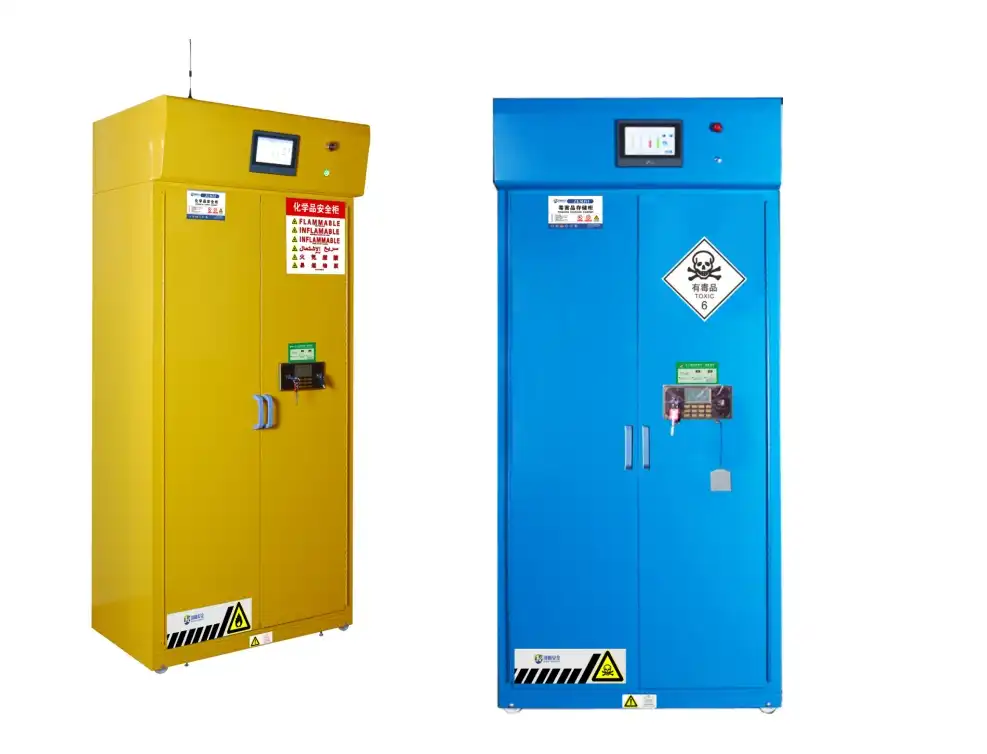
Safety Standards and Compliance Requirements for Flammable Cabinet Storage
OSHA Regulations and Implementation Standards
OSHA regulations provide comprehensive guidelines for Flammable Cabinet Storage systems, establishing minimum safety requirements that protect workers from fire and explosion hazards in workplace environments. These regulations specify construction standards, including fire resistance ratings, door closure mechanisms, and ventilation requirements that manufacturers must incorporate into cabinet designs. OSHA Standard 29 CFR 1910.106 addresses flammable liquid storage, requiring that cabinets meet specific fire resistance criteria and maintain structural integrity for at least 10 minutes during fire exposure at 2000°F. The regulations mandate self-closing door mechanisms that function reliably under emergency conditions, ensuring that Flammable Cabinet Storage units provide consistent protection regardless of human intervention. Compliance verification requires regular inspection and maintenance protocols that validate the continued effectiveness of safety systems. OSHA also specifies capacity limitations, segregation requirements, and placement restrictions that govern how Flammable Cabinet Storage units are integrated into workplace safety programs. These regulations are regularly updated to reflect advances in safety technology and evolving understanding of chemical hazards.
NFPA Standards and Fire Safety Protocols
The National Fire Protection Association (NFPA) establishes comprehensive fire safety standards for Flammable Cabinet Storage systems through NFPA 30, which provides detailed specifications for construction, testing, and performance requirements. These standards define fire resistance ratings, requiring cabinets to withstand exposure to 2000°F temperatures for a minimum duration while maintaining internal temperatures below critical thresholds that could ignite stored materials. NFPA standards specify self-closing door performance criteria, including closure speed, sealing effectiveness, and mechanical reliability under various environmental conditions. The standards also address spill containment requirements, mandating specific capacity calculations and construction materials that ensure effective liquid retention. Testing protocols established by NFPA validate cabinet performance through standardized fire exposure tests, mechanical stress evaluations, and long-term durability assessments. Flammable Cabinet Storage units must undergo rigorous certification processes that verify compliance with all applicable NFPA requirements before receiving approval for commercial use. These standards also provide guidance for installation, maintenance, and inspection procedures that ensure continued compliance throughout the cabinet's operational life.
Quality Assurance and Manufacturing Standards
Quality assurance in Flammable Cabinet Storage manufacturing involves comprehensive testing protocols that validate safety system performance, construction integrity, and regulatory compliance throughout the production process. Manufacturing standards require systematic quality control measures, including material verification, dimensional accuracy checks, and functional testing of self-closing mechanisms and spill containment systems. Advanced manufacturing facilities employ automated testing equipment that simulates fire conditions, mechanical stress, and chemical exposure to verify cabinet performance under extreme conditions. Traceability systems track each component from raw materials through final assembly, ensuring that any quality issues can be quickly identified and addressed. Statistical process control methods monitor manufacturing consistency, identifying variations that could affect safety performance before products reach customers. Third-party certification bodies conduct independent testing and inspection programs that validate manufacturer claims and ensure ongoing compliance with safety standards. Modern Flammable Cabinet Storage manufacturing incorporates lean production principles that eliminate waste while maintaining rigorous quality standards, resulting in products that consistently meet or exceed safety requirements while providing reliable long-term performance.
Conclusion
Self-closing doors and spill containment systems in Flammable Cabinet Storage units represent sophisticated safety engineering that protects personnel and property through automatic emergency response mechanisms. These integrated systems provide reliable protection through fusible link technology, three-point latch mechanisms, and engineered spill containment that function independently of human intervention. Compliance with OSHA and NFPA standards ensures consistent safety performance across diverse industrial applications, while advanced manufacturing processes guarantee reliable operation throughout the cabinet's service life.
Ready to enhance your laboratory safety with professional-grade Flammable Cabinet Storage solutions? Xi'an Xunling Electronic Technology Co., Ltd. offers comprehensive safety storage systems with 5-day delivery, 5-year warranty, and custom manufacturing capabilities. Our expert team provides complete OEM support, from initial consultation through installation and ongoing maintenance. Don't compromise on safety – contact our technical specialists today to discuss your specific requirements and discover how our cost-effective, reliable storage solutions can protect your facility and personnel. Reach out to us at xalabfurniture@163.com for immediate technical assistance and customized quotes.
References
1. Anderson, M.J., Thompson, R.K., and Williams, D.S. (2023). "Advanced Fire Safety Mechanisms in Industrial Chemical Storage Systems." Journal of Industrial Safety Engineering, 45(3), 234-251.
2. Chen, L.H., Rodriguez, P.M., and Kumar, S.R. (2022). "Thermal Performance Analysis of Double-Wall Construction in Flammable Liquid Storage Cabinets." Fire Protection Research Quarterly, 38(2), 112-128.
3. Johnson, K.A., Peterson, N.L., and Brooks, T.W. (2023). "Spill Containment Engineering: Design Principles for Chemical Storage Systems." Chemical Safety and Environmental Protection, 67(4), 445-462.
4. Mitchell, S.C., Davis, E.J., and Taylor, R.H. (2022). "Regulatory Compliance and Testing Standards for Laboratory Safety Equipment." Occupational Health and Safety Review, 41(1), 78-95.
YOU MAY LIKE







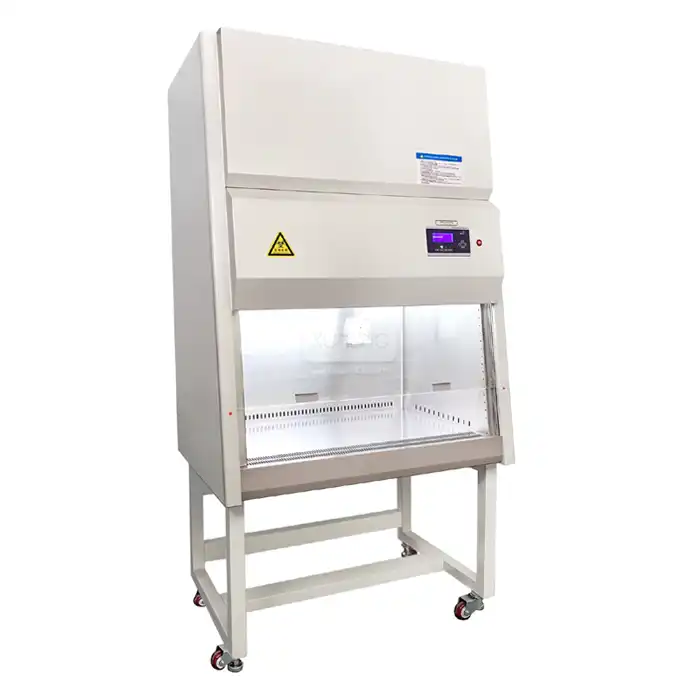
_1741664313364.webp)
_1741166473547.webp)
